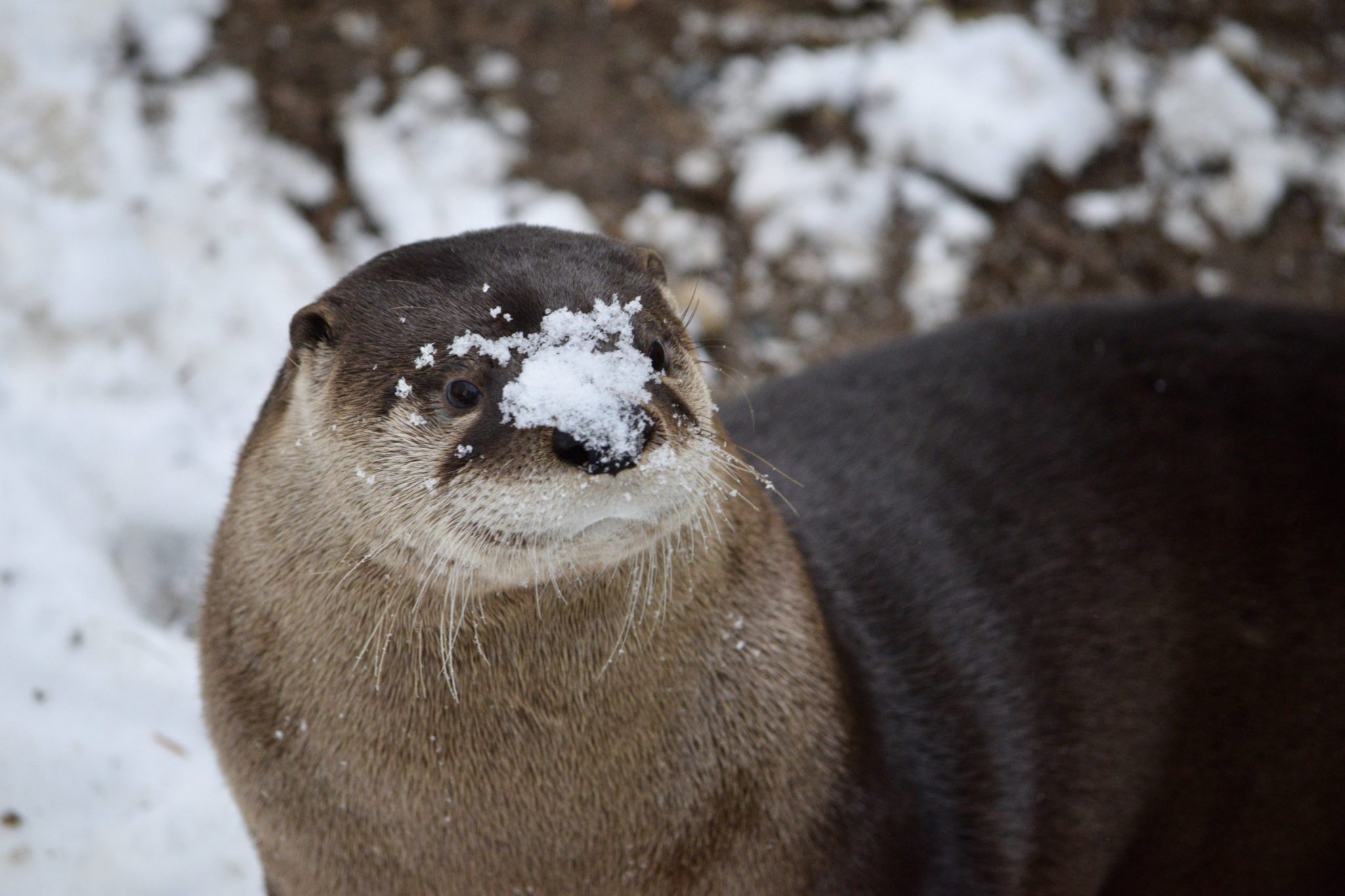What happens at the National Zoo when it snows?
Snowstorms and blizzards send people to raid supermarkets and prepare their homes for days of staying indoors, but how do the animals at the Smithsonian’s National Zoo prepare for a winter storm?
Many animals are native to cooler areas and enjoy the winter weather. Giant pandas are native to the cold climate of the western Chinese mountains and are actually more active in the wintertime.

Others have accommodations that make the chilly weather more comfortable. Some animals with water in their exhibit—including otters and flamingos—have heated pools. Lions, tigers, maned wolves and more animals have heated dens and bedding where they can cozy up. The Zoo’s cheetahs have heated termite mounds throughout the Cheetah Conservation Station.
Animals with habitats in warmer climates, like great cats and elephants, can acclimate to the cold. In the wild, California sea lions range north into Alaskan waters, and gray and harbor seals are adapted to life in arctic waters. At the Zoo, seals and sea lions have heated rocks and beaches in their pools where they can warm up, which also prevent ice from forming. They have sheltered areas where they can get out of the wind as well.
The National Zoo’s animal care team closely monitors temperatures and weather to ensure the well-being of all animals—regardless of their natural habitat. In extreme conditions, animals may not be given access to the outdoors. Those that are allowed outside for short periods of time will be monitored and have access to shelter and/or heating elements.
Safety is the top priority, but playing in the snow can also be lots of fun, as seen in these photos from over the years.






















